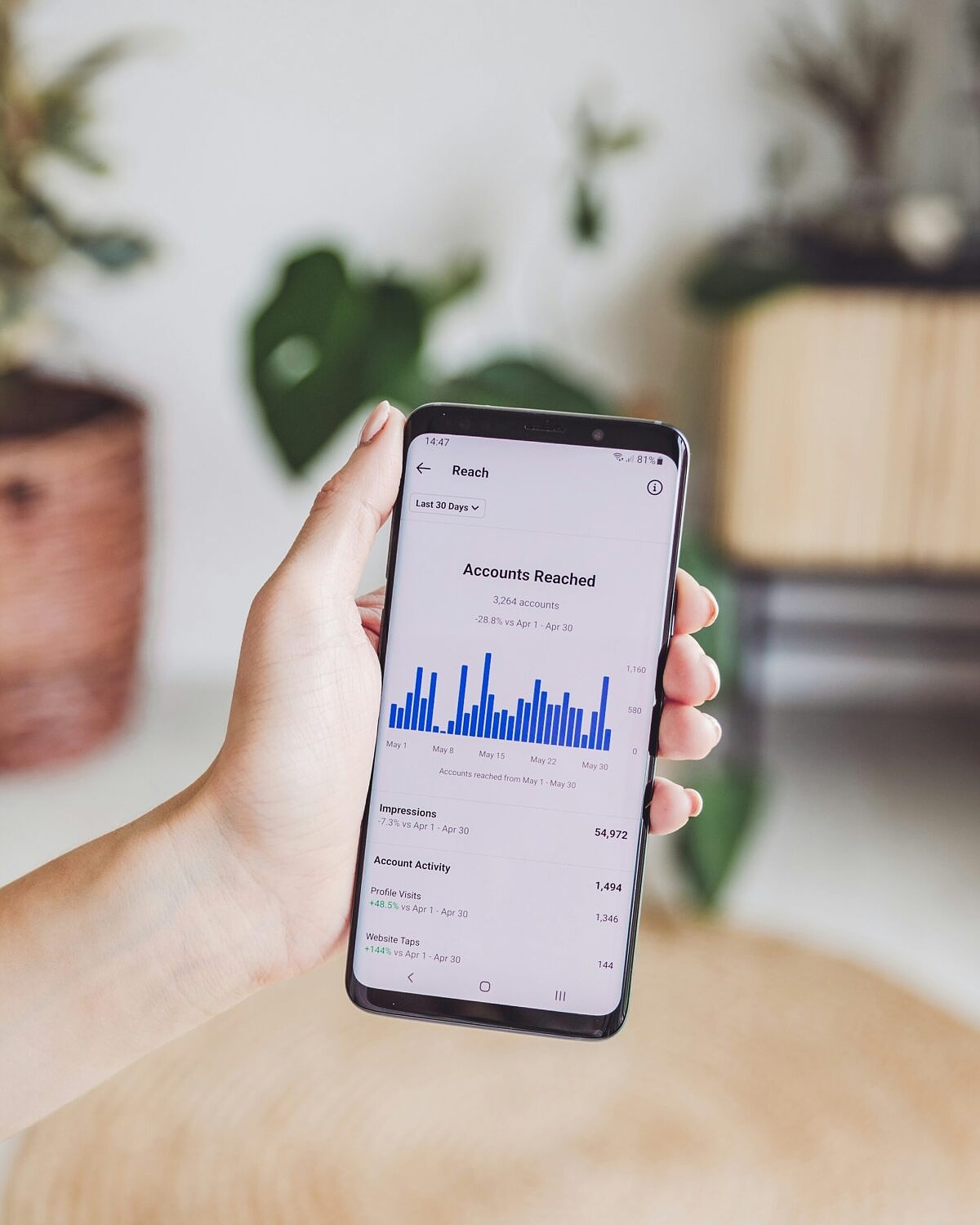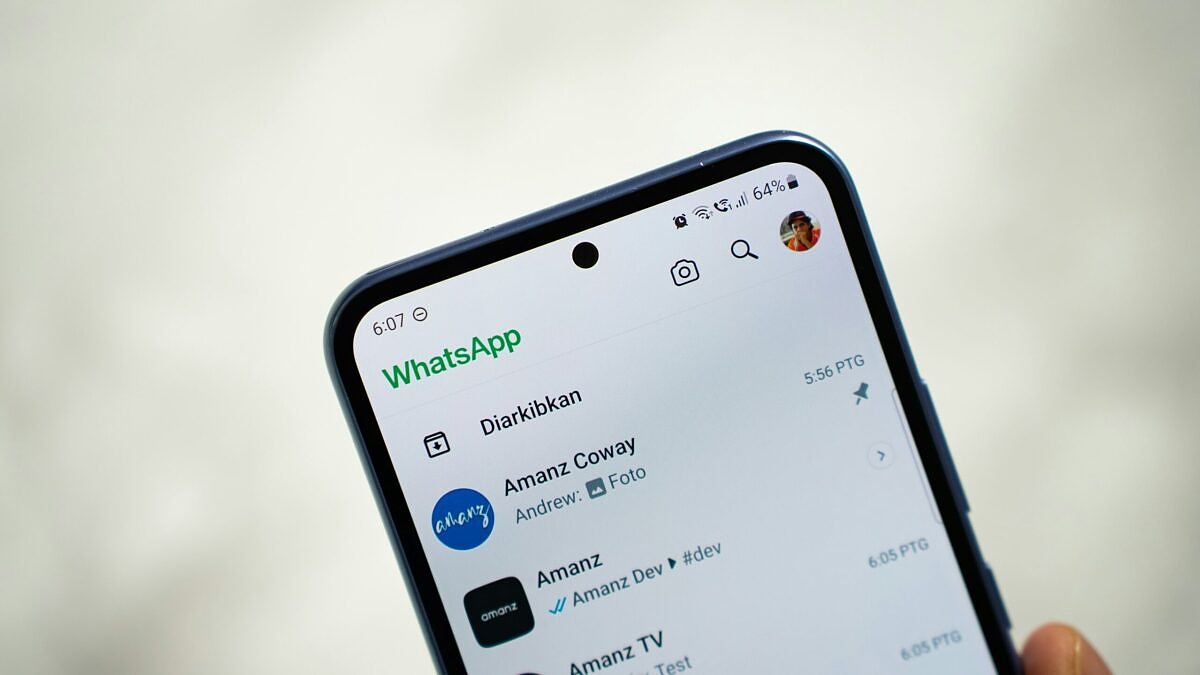Shining Light into the Darkness: What Is Dark Social?
Dark social or dark traffic are terms that refer to untrackable online sharing. Check out our story about the secrets of web traffic and tracking to find out everything you need to know.

Imagine that the World Wide Web is a vast ocean. A smart marketing manager stands at the helm of her ship and navigates it safely across the sea. An iceberg looms on the horizon – in our analogy, it represents traffic visiting a website. From a distance, it doesn’t look very impressive. But the experienced CMO knows that only the tip of an iceberg protrudes from the water, while most of its huge bulk remains hidden below the waves. As a true professional, she wants to know exactly what she’s dealing with!
Traffic’s busy: But where are the visitors coming from?
The marketing manager consults her analytics tools: The website has never had so many visitors. Almost all of them are reading a specific blog post that’s several years old. Our heroine compares page view figures, dwell times and bounce rates in real time – everything looks great. The website is working!
But where are all these visitors actually coming from? Why have they appeared all of a sudden? And why is that old blog post in particular performing so well?
The CMO checks the traffic source. Her analytics tool claims that all the visitors came to the website “directly” and neither social media nor the company newsletter nor Google were responsible for the web traffic. But that would mean that each user had typed the exact URL of the website into their browser.
Can this really be true? Who would type “www.dmexco.com/de/stories/darksocial” into the address bar? Nobody does that! And definitely not thousands of people at the same time.

Dark social: untrackable online sharing
“You can’t see it, dude, but it’s what keeps the universe expanding.”
American journalist Alexis Madrigal described the marketing manager’s experience in a highly acclaimed article for The Atlantic back in 2012. Like the marketing manager, he didn’t believe that people had landed on a particular page directly and by chance. There were simply too many of them. Madrigal explained it this way: Much like the universe, website traffic contains a variable that we can neither see nor explain: dark matter, or rather, dark social.
But what exactly is dark social?
Strictly speaking, dark social or dark traffic is just an error or inaccuracy – one that accounts for more than 80 percent of global website traffic. When a displayed link switches from a secure (https) to a non-secure (http) website, many analytics tools classify the source as “direct.” A common way this happens is when a URL is copied from an email or a chat and opened in a new browser.
An example of dark social
A website contains a text about a specific topic, such as the company’s philosophy. The corresponding web page is mentioned in a podcast and also provided as a link in the description. Thanks to the podcast’s wide reach, lots of listeners suddenly become interested in the text and click on the link. Multiple readers then reference the text in private chats, spreading the untrackable link further still. This leads huge numbers of users to visit the website within a short period of time. However, it’s not possible to pinpoint where the visitors came from.
- Facebook ad comments: While links in regular social media posts are easy to track, the same can’t be said for comments under ads. Users can post URLs here that don’t provide clear source data for analytics.
- Email: Most email providers do not forward any additional information to the respective brands. So, it’s sometimes impossible to identify the exact traffic source without using tracking URLs.
- Podcasts: When particular websites are mentioned in podcasts, the mention can lead to web traffic that can’t be attributed to a source.
- Forums, communities, WhatsApp and other messaging services: Links shared in private chats, forums and similar platforms account for the vast majority of dark social. They, in particular, are responsible for a large amount of unspecified web traffic.
What are the implications of dark social for you as a marketing professional?
As explained above, dark social is not trivial – quite the contrary. And that’s precisely why it should matter to you as a marketer. Dark social mostly consists of content that’s shared in private chats. While it’s a pity not to know exactly where traffic is coming from, the volume is not insignificant. One way to shine some light on the matter is to make systematic use of tracking parameters.
Dark social – what are tracking parameters?
When share buttons are used to distribute content, the URL is adjusted accordingly and the source of the web traffic can be easily traced, as shown here using LinkedIn as an example: https://www.linkedin.com/feed/?linkOrigin=LI_BADGE&shareActive=true&shareUrl=https%3A%2F%2Fdmexco.com%2Fde%2Fstories%2Fnostalgie-marketing-alles-retro-oder-was%2F
UTM parameters
Arguably the best tracking method is to use UTM (urchin traffic module parameters, which are added to links. There are five different parameters in total for UTM tracking:
utm_source: Where has the traffic come from?
utm_medium: How was the web traffic generated?
utm_campaign: What campaign generated the traffic?
utm_term: What search term was used?
utm_content: Which link delivered the traffic to the site?
Link shorteners
There are also various URL-shortening services such as Bitly, ShortyUrls and Ow.ly. These generate shortened URL aliases that contain fewer characters, which is particularly useful on social media platforms with character limits.
Harness the potential of dark social
In addition to making systematic use of tracking parameters, incorporating share buttons with tracking URLs also helps to reduce the proportion of your website activity made up of dark traffic.
And if you still can’t see exactly where your traffic is coming from, why not simply play along? Keep sharing your content in WhatsApp groups or other chat forums. After all, any marketing measures that lead to your links being shared boost your website’s reach.







